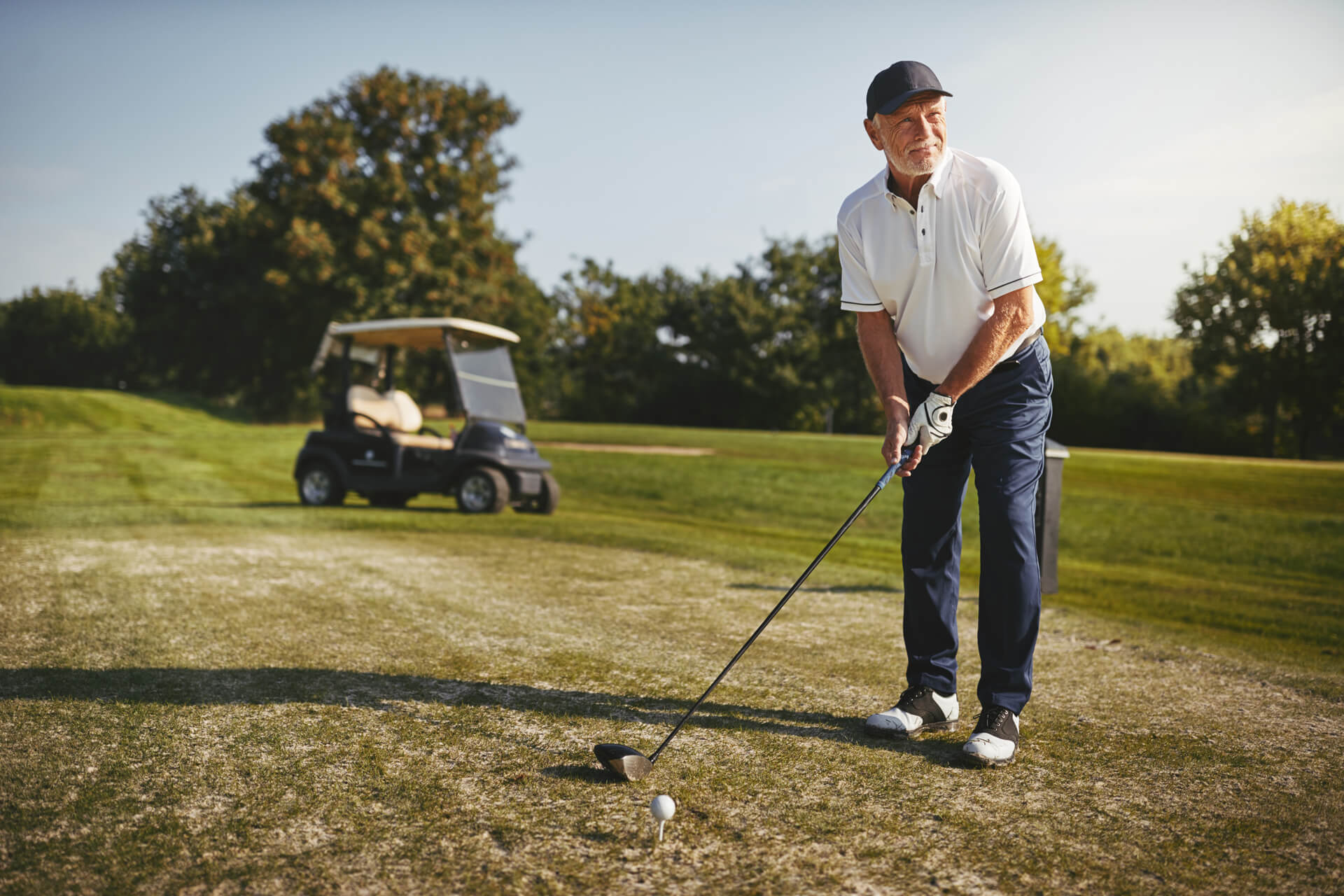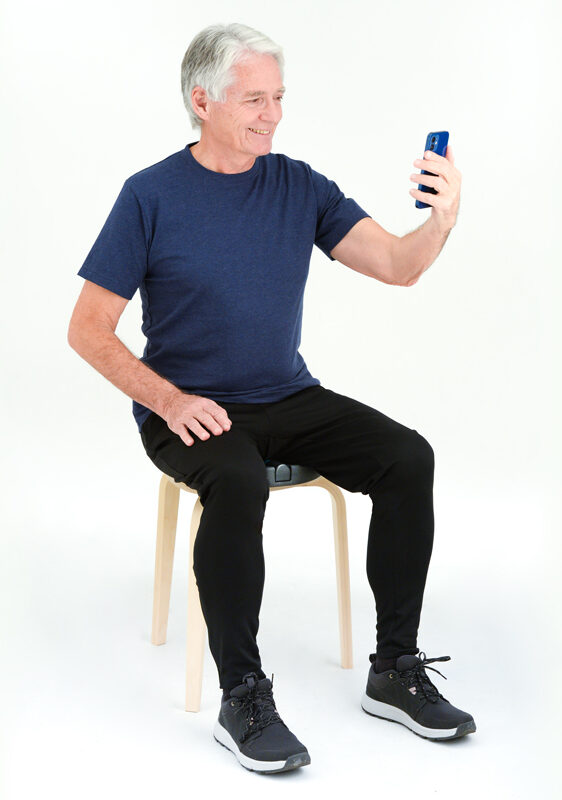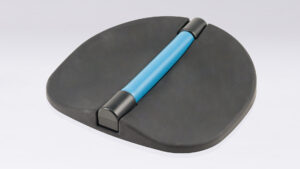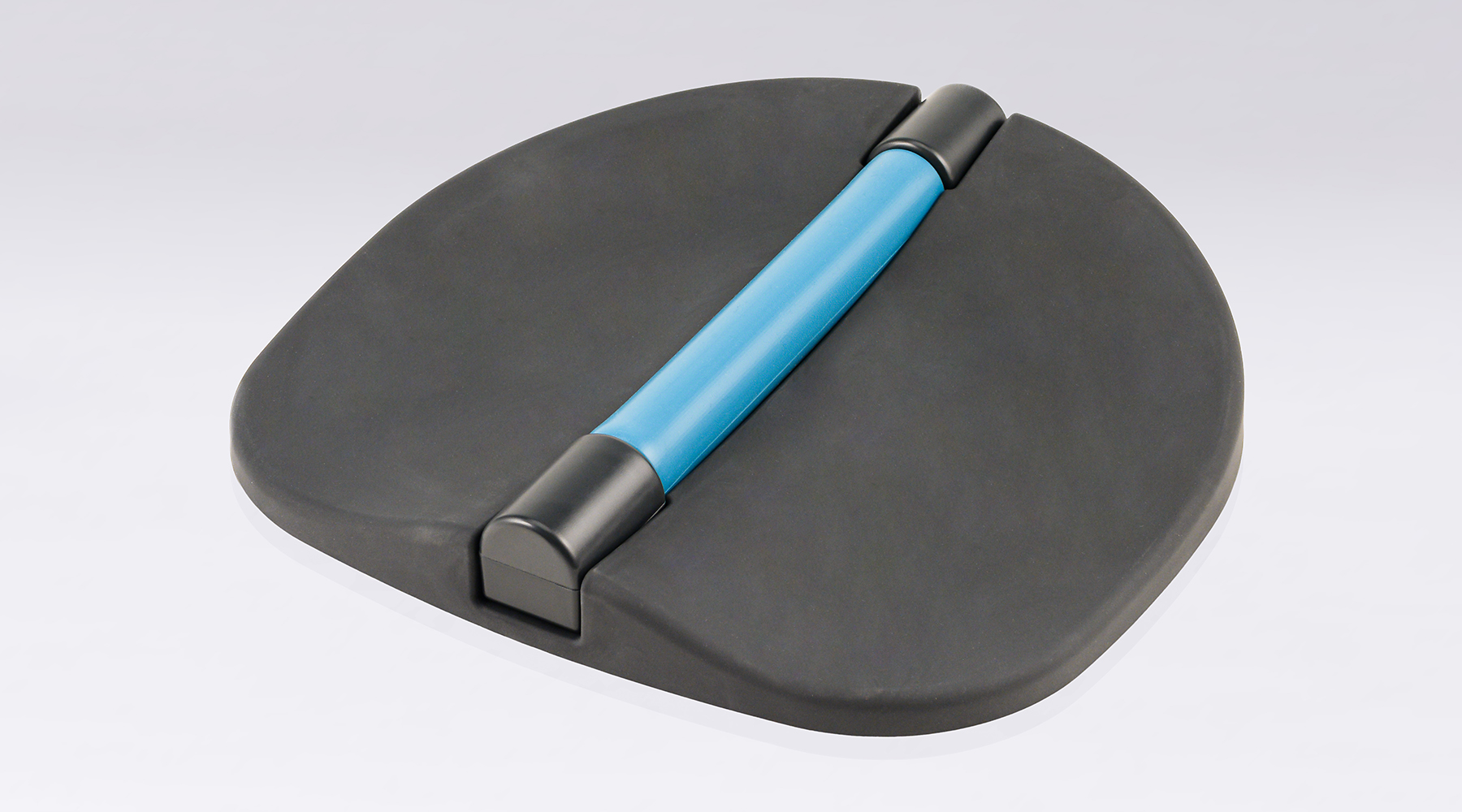Pelvic floor training is only for women? Far from it. Men also benefit from this. Both sexes it helps with urinary and fecal incontinence. Women need strong pelvic floor muscles because of childbirth, and for men, a Pelvic floor training device relieves symptoms of prostate enlargement and erectile dysfunction. And can often even be used preventively.
Men also benefit from pelvic floor training
Pelvic floor training used to be reserved for women. Her vagina, along with the urinary tract and intestines, creates a weak spot in the Pelvic floor muscles . A strong pelvic floor improves resilience during pregnancy and helps normal anatomy return after birth.
For men, the topic of pelvic floor training is a taboo subject. Yet many of their typical ailments can be improved with a modern pelvic floor training device.
In men, overweight, prolonged sitting and poor posture cause weakened pelvic floor muscles. In old age, prostate problems are added, which are accompanied by urinary incontinence. The latter, just like fecal incontinence, also affects women, in this case due to pregnancy.
In sexuality, the pelvic floor muscles play an important role. Strengthened, it provides high sensitivity in men and women, and in men it is essential for potency.
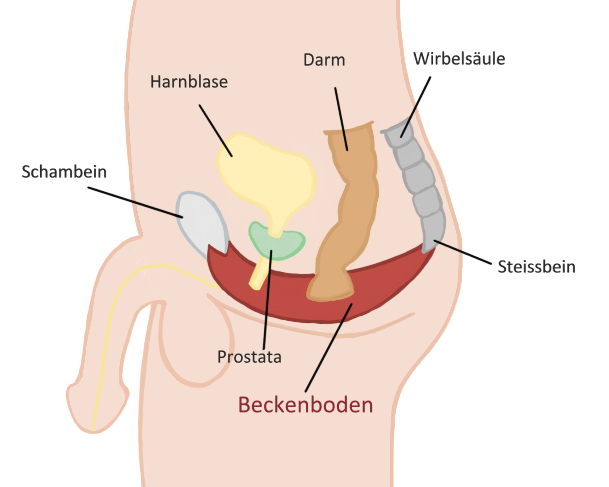
Why is a stable pelvic floor important for men and women?
Anatomically, walking upright is a problem. Whereas the abdominal cavity of our four-legged ancestors hung resiliently on the horizontally running spinal column, our fat reserves and unborn offspring strain the pelvic floor. The lumbar vertebrae are also exposed to particular stresses due to the upright position: widespread back pain.
The abdominal cavity is bounded on all sides: Above by the diaphragm, in front by the abdominal muscles, behind the spine and below the pelvis provides bony support. In the back, the back muscles are critical; in the pelvis, the pelvic floor muscles are critical: both must absorb the load that was previously held by the abdominal muscles. Just like the back muscles, the muscles in the pelvic floor are important for the stability of the trunk and thus for posture, physical performance, breathing, digestion, continence and, last but not least, sexuality.
Positive effects: What are the benefits of pelvic floor training for men?
Pelvic floor training is the order of the day for men who have problems with their continence and/or potency. Men suffer from urinary and faecal incontinence much less often in their younger years than women with their pregnancies, but they catch up strongly in old age. Then erectile dysfunction also becomes more frequent. Causes of such complaints are
- neurological diseases such as Alzheimer’s, Parkinson’s and multiple sclerosis (MS), which disrupt the retention of stool and urine;
- benign enlargement of the prostate, which mainly affects urinary continence and potency. Operations on the prostate, especially in the case of prostate cancer, further impair the functional capacity of the pelvic floor muscles.
The cross of men with the prostate
Male disease ben ignprostatic hyperplasia: Benign prostatic hyperplasia (BPH) affects urinary incontinence and sex life and, to make matters worse, can develop into prostate cancer. The numbers are staggering:
- Prostate hyperplasia occurs in men over 60 with an incidence of 50-60 percent, beyond 70 with 80-90 percent.
- Erectile dysfunction occurs in 52 percent of all men between the ages of 40 and 70, according to the U.S. Massachusetts Male Ageing Study (MMAS).
- Potency problems in old age are confirmed by the European Male Ageing Study (EMAS), which found that 6-64 percent of men aged 40-79 struggle with it.
Why are prostate and pelvic floor muscles important for urinary control and potency?
Healthy pelvic floor muscles are essential for blood flow to the penis, which is the only way to build and maintain an erection. In addition, all the nerves to control erection and ejaculation run here. A trained pelvic floor therefore also means improved sensitivity, better control over the ejaculatory reflex and therefore more intensive, better and longer sex.
Again, the prostate is the weak point: the gland that produces the bulk of the sperm and brings the sperm to life surrounds the urethra. Prostate enlargement and prostate surgery ultimately lead to urinary incontinence. Surgery often exacerbates potency problems as well: The nerves supplying the penis run through the capsule of the prostate and are affected by the surgery.
How can the PelvicTool help men with incontinence and impotence?
The PelvicTool is also suitable for prevention and prophylaxis. Pelvic floor training provides improved blood circulation and control of the nerves running in the pelvic floor muscles – important for urine control and potency.
A practical side effect is that it also optimises posture. If the corresponding nerves remain intact after prostate surgery, in many cases their functionality can be at least partially restored with pelvic floor training. Improvement of erectile dysfunction and control over ejaculation improve sexual life, not least through increased self-confidence.
Sources, links and further literature
- Dorey G. Male pelvic floor: history and update . Urol Nurs. 2005 Aug;25(4):277-84. PMID: 16225345.
- Yafi FA, Jenkins L, Albersen M, Corona G, Isidori AM, Goldfarb S, Maggi M, Nelson CJ, Parish S, Salonia A, Tan R, Mulhall JP, Hellstrom WJ. Erectile dysfunction . Nat Rev Dis Primers. 2016 Feb 4;2:16003. doi: 10.1038/nrdp.2016.3. PMID: 27188339; PMCID: PMC5027992.
- Ng M, Baradhi KM. Benign Prostatic Hyperplasia . 2021 Aug 11. In: StatPearls [Internet]. Treasure Island (FL): StatPearls Publishing; 2021 Jan-. PMID: 32644346.
- Strączyńska A, Weber-Rajek M, Strojek K, Piekorz Z, Styczyńska H, Goch A, Radzimińska A. The Impact Of Pelvic Floor Muscle Training On Urinary Incontinence In Men After Radical Prostatectomy (RP) – A Systematic Review . Clin Interv Aging. 2019 Nov 12;14:1997-2005. doi: 10.2147/CIA.S228222. PMID: 31814714; PMCID: PMC6858802.



